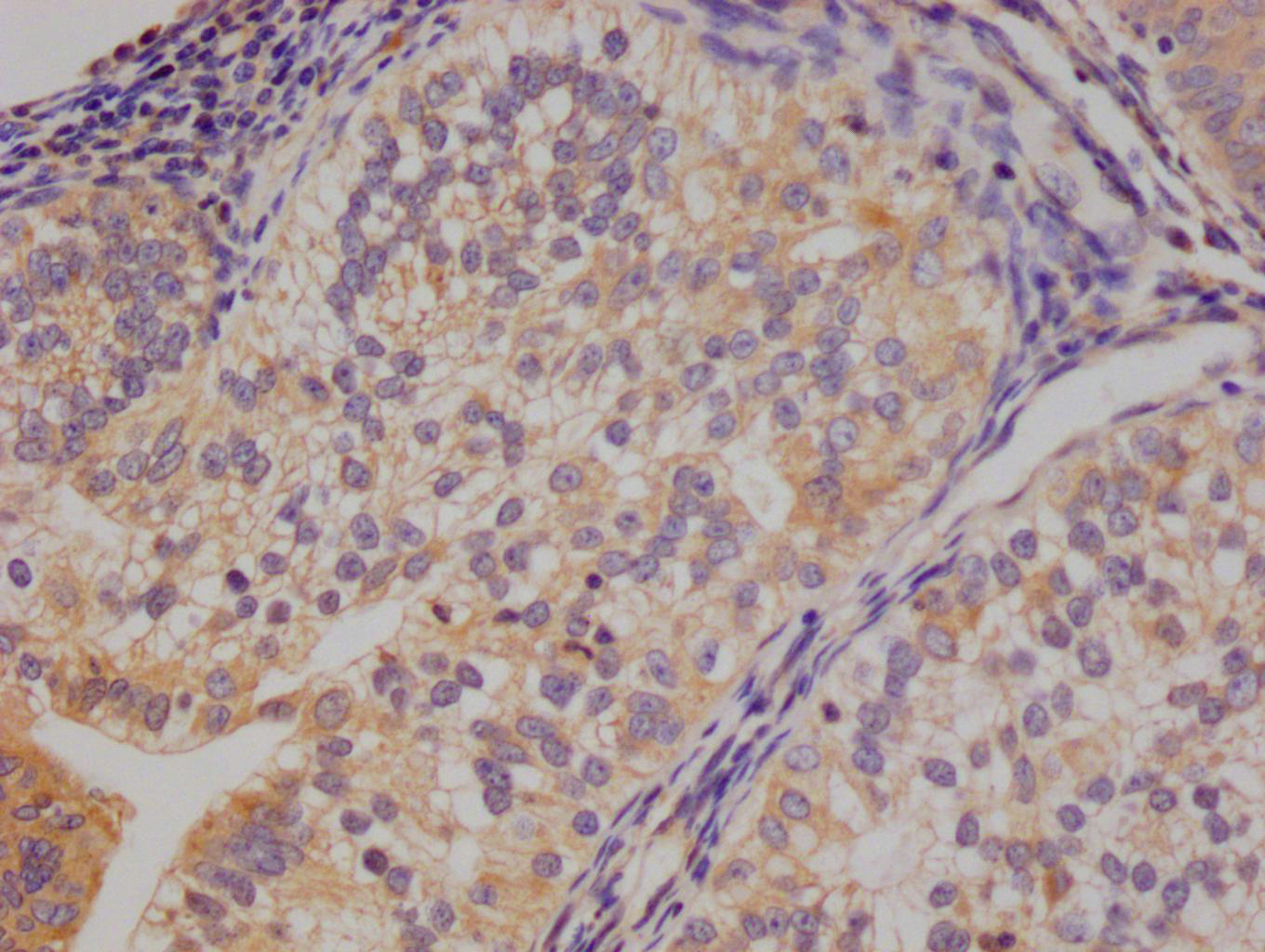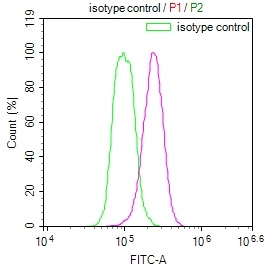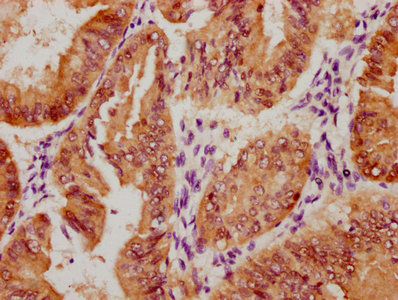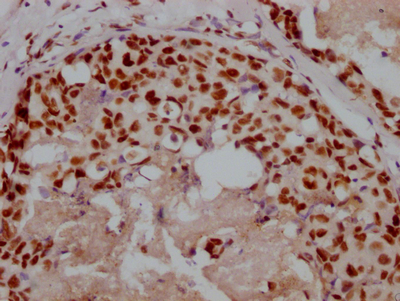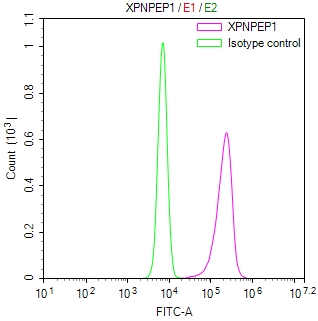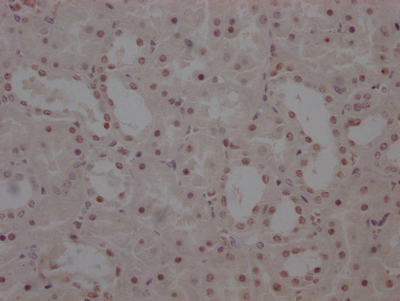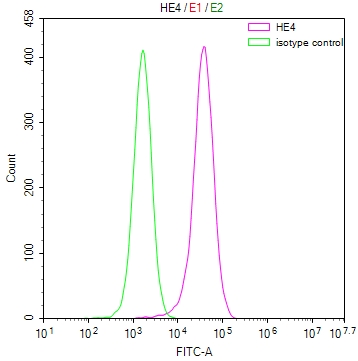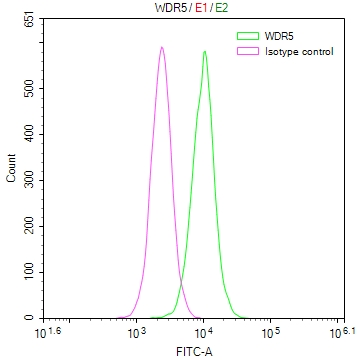PODXL2 Antibody
-
中文名稱:PODXL2兔多克隆抗體
-
貨號:CSB-PA018294GA01HU
-
規(guī)格:¥3,900
-
其他:
產(chǎn)品詳情
-
Uniprot No.:
-
基因名:PODXL2
-
別名:PODXL2 antibody; UNQ1861/PRO3742 antibody; Podocalyxin-like protein 2 antibody; Endoglycan antibody
-
宿主:Rabbit
-
反應(yīng)種屬:Human,Mouse,Rat
-
免疫原:Human PODXL2
-
免疫原種屬:Homo sapiens (Human)
-
抗體亞型:IgG
-
純化方式:Antigen Affinity purified
-
濃度:It differs from different batches. Please contact us to confirm it.
-
保存緩沖液:PBS with 0.02% Sodium Azide, 50% Glycerol, pH 7.3. -20°C, Avoid freeze / thaw cycles.
-
產(chǎn)品提供形式:Liquid
-
應(yīng)用范圍:ELISA,WB
-
Protocols:
-
儲存條件:Upon receipt, store at -20°C or -80°C. Avoid repeated freeze.
-
貨期:Basically, we can dispatch the products out in 1-3 working days after receiving your orders. Delivery time maybe differs from different purchasing way or location, please kindly consult your local distributors for specific delivery time.
-
用途:For Research Use Only. Not for use in diagnostic or therapeutic procedures.
相關(guān)產(chǎn)品
靶點(diǎn)詳情
-
功能:Acts as a ligand for vascular selectins. Mediates rapid rolling of leukocytes over vascular surfaces through high affinity divalent cation-dependent interactions with E-, P- and L-selectins.
-
基因功能參考文獻(xiàn):
- endoglycan functions as an L-selectin ligand through modification with tyrosine sulfation and sialyl Lewis x PMID: 12889478
- findings indicate that endoglycan can function as a ligand for the vascular selectins. PMID: 18606703
-
亞細(xì)胞定位:Membrane; Single-pass type I membrane protein.
-
蛋白家族:Podocalyxin family
-
組織特異性:Expressed in T-cells, B-cells and monocytes. Expression is higher on memory and germinal center cells than on naive B-cells (at protein level). Highly expressed in brain. Moderately expressed in pancreas, kidney and lymphoid node. Weakly expressed in live
-
數(shù)據(jù)庫鏈接:
Most popular with customers
-
-
YWHAB Recombinant Monoclonal Antibody
Applications: ELISA, WB, IHC, IF, FC
Species Reactivity: Human, Mouse, Rat
-
Phospho-YAP1 (S127) Recombinant Monoclonal Antibody
Applications: ELISA, WB, IHC
Species Reactivity: Human
-
-
-
-
-


